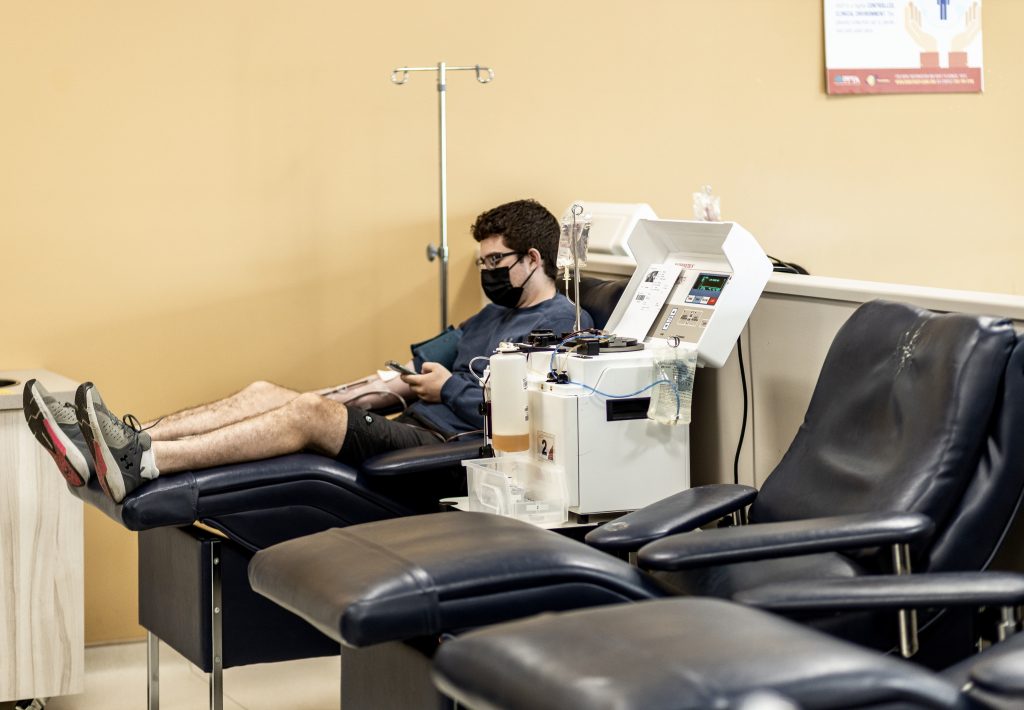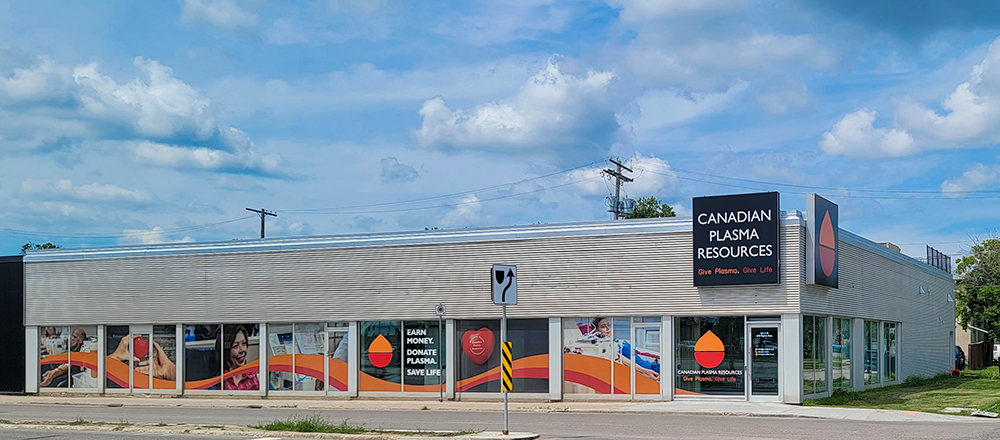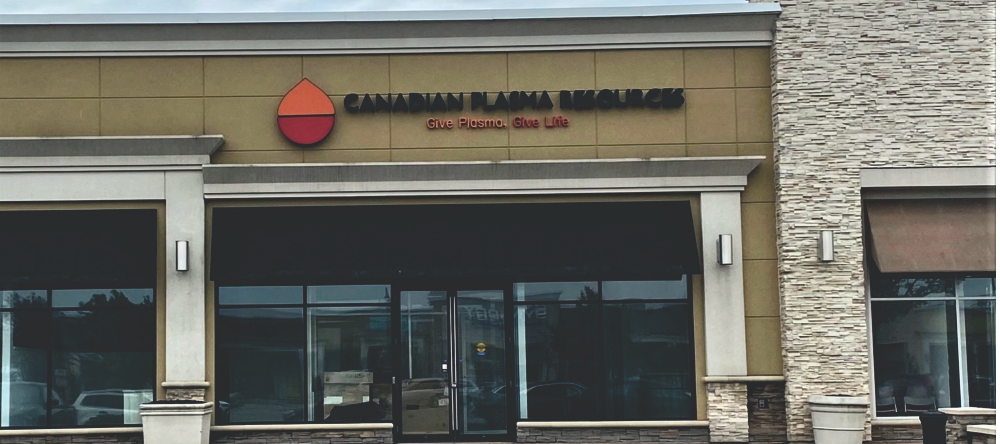How COVID-19 Has Impacted Plasma Donations
septembre 8, 2021

During the early months of the pandemic, many people heard the word “plasma” for the first time. Studies were being conducted on the efficacy of convalescent plasma as a treatment for COVID-19. Article after article was written about this potential treatment.
Now that more than a year has passed, plasma is not in the headlines nearly as much as it once was. However, the need for it has not gone away. In this blog, we’ll be unpacking the true impact that the pandemic has had on plasma donations.
What Is Plasma?
Before we get into how COVID-19 has impacted plasma donations, we first need to explain exactly what plasma is and differentiate between the types of plasma donations.
Plasma is a yellowish liquid component of blood that contains hundreds of important proteins. Convalescent plasma is the plasma that is collected from an individual who has recovered from a virus. Source plasma, on the other hand, is plasma that is collected from healthy donors through a process called plasmapheresis. Source plasma donations are used to manufacture life-saving therapies for patients living with autoimmune disorders, immunodeficiencies, and blood disorders.
The types of donations that are now in high demand are source plasma donations and recovered plasma donations, which is the plasma collected from whole blood donations.
Why Is Plasma Donation Important?
Patients with rare and chronic disorders rely on source plasma donations to receive the treatments they need to live healthy and productive lives. Because the medical products that are manufactured from plasma are treatments, not cures, these patients will oftentimes need to receive them for the rest of their lives.
By voluntarily donating source plasma, you can help change someone else’s life for the better.
How Plasma Donations Have Been Impacted By COVID-19
Even though the pandemic helped spread awareness about plasma, donations have been negatively impacted by social distancing, cleaning procedures, and fewer donors visiting centres. In fact, global plasma collections were down 15% in 2020, according to the Marketing Research Bureau.
Given the fact that the global demand for plasma-derived medicines is rising by 6-8% every year, this trend is extremely concerning. Patients will start to feel the impact of this decline in donations in the coming months, as it takes anywhere from seven to 12 months to manufacture plasma into life-saving products.
Like many sectors, the plasma industry was hit hard by the COVID-19 pandemic. In order for immunocompromised patients to receive the treatments they need, donors will need to start giving plasma at the same levels they were pre-pandemic.
If you’re an eligible plasma donor, you can make a big difference in someone else’s life by consistently donating plasma. Book your next appointment at a centre near you today.









